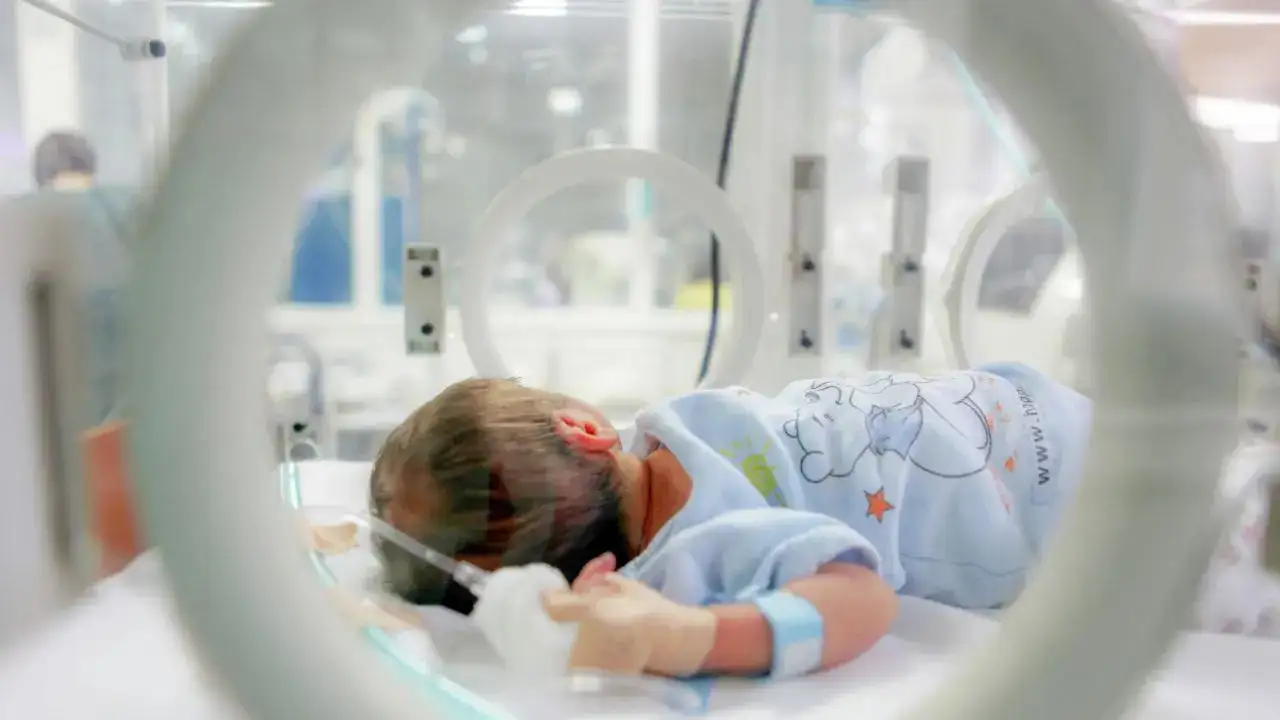Gene Therapy Successfully Revives Immune System In Children With Rare Disorder, Reveals Study
By Akanksha Arora
Copyright timesnownews

A groundbreaking study reveals that an experimental gene therapy has successfully restored immune system function in children with adenosine deaminase deficiency severe combined immunodeficiency (ADA-SCID), a rare and life-threatening genetic disorder. Developed collaboratively by researchers at UCLA, University College London, and Great Ormond Street Hospital, this innovative therapy has treated 59 out of 62 affected children, offering new hope where traditional treatments fall short. Understanding ADA-SCIDADA-SCID is caused by mutations in the ADA gene, which is crucial for the immune system’s function. Children with this condition face severe vulnerabilities to infections, making daily activities perilous. Without treatment, many do not survive past two years. Current standard therapies, including bone marrow transplants and weekly enzyme injections, present limitations and potential long-term risks, highlighting the urgent need for effective alternatives. Mechanism Of Gene TherapyThe experimental gene therapy employs a modified lentivirus to deliver a healthy copy of the ADA gene into a child’s blood stem cells. These stem cells are responsible for generating various blood and immune cells. Once the corrected stem cells are reinfused, they begin producing functional immune cells capable of combating infections. While immune recovery initiates shortly after treatment, it typically takes six to twelve months for the immune system to fully stabilise. The study, published in the New England Journal of Medicine, marks the largest and longest follow-up of this gene therapy to date, with a total of 474 patient-years of follow-up data. The results demonstrate that immune function in successfully treated children has remained stable beyond the initial recovery phase, with no significant complications reported. Positive Long-term OutcomesDr. Donald Kohn, a distinguished professor at UCLA and senior author of the study, expressed optimism about the results, stating, “The durability of immune function and the continued safety profile are all incredibly encouraging.” Most adverse events were mild and linked to routine preparatory procedures rather than the gene therapy itself. Notably, only three patients did not respond positively to the treatment, and all were able to revert to standard therapies. More than half of the children received frozen preparations of corrected stem cells, which proved equally effective as fresh cells. This cryopreservation technique enhances accessibility, allowing local collection and processing at manufacturing facilities, thus broadening the reach of this life-saving therapy. The research team, supported by the California Institute for Regenerative Medicine, is actively pursuing FDA approval, with hopes of making the therapy widely available within two to three years. The data strongly supports this application, and efforts are underway to ensure that the treatment meets commercial pharmaceutical standards. One inspiring case is that of eleven-year-old Eliana Nachem, who received the therapy as an infant after living in strict medical isolation due to her condition. Now, she enjoys a normal childhood, attending school and participating in sports. Her parents described the infusion of the corrected cells as a “rebirth,” reflecting the profound impact of gene therapy on her life and the lives of many children with ADA-SCID. This innovative gene therapy not only represents a significant advancement in the treatment of ADA-SCID but also paves the way for future developments in gene therapies for other genetic disorders, potentially transforming the landscape of paediatric healthcare.